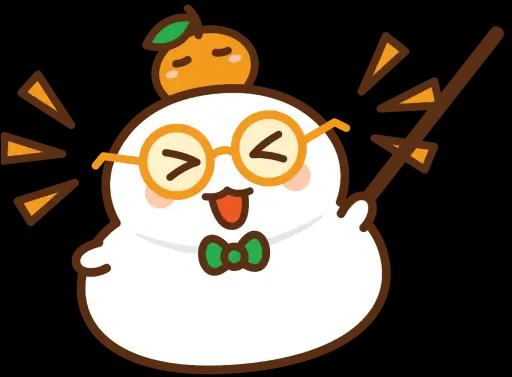Learn
Write
Review
Conversation
Event
Part 9
ア (A) and カ (Ka) Rows

Learn Katakana Alphabet
Japanese uses four writing systems: Hiragana, Katakana, Kanji, and Romaji. Among them, Katakana is one of the main scripts, recognized for its distinct, angular characters. It’s essential for understanding foreign and technical words in Japanese, making it an important part of language learning.
What is Katakana?
Welcome to the fascinating world of Katakana! If you’re just starting your journey into learning Japanese, Katakana is one of the first steps you'll take. Katakana is one of the three main writing systems in Japanese, alongside Hiragana and Kanji. It consists of 46 basic characters, each representing a distinct syllable. Unlike the more intricate Kanji characters, Katakana characters are simple, angular, and easy to recognize. For instance, here are a few Katakana characters: ア (a), イ (i), ウ (u), エ (e), and オ (o).

Similar to Hiragana, Katakana alphabet also includes advanced characters in the charts below.


The Role of Katakana in Japanese
So, what makes Katakana special? It plays a unique and important role in the Japanese writing system. Primarily, Katakana is used for writing foreign words and names, known as loanwords or “gairaigo.” For example, the English word “television” becomes テレビ (terebi) in Japanese, and “coffee” is written as コーヒー (kōhī). Katakana is also used for onomatopoeia, which are words that imitate sounds. Imagine writing the sound of a dog barking – in Katakana, it’s ワンワン (wanwan).
But that's not all! Katakana is also the go-to script for scientific and technical terms, especially those derived from foreign languages. Moreover, when you want to emphasize something in writing, Katakana is your tool, much like how we use italics in English.
How is Katakana Different from Hiragana?
Now, you might be wondering, how does Katakana differ from Hiragana? Both Katakana and Hiragana represent the same set of 46 syllables, but they look and are used quite differently.
First off, let’s talk about appearance. Katakana characters are more angular and straight, giving them a sharp, modern look. Take a look at these examples: カ (ka), サ (sa), and タ (ta). In contrast, Hiragana characters are more curved and flowing, making them appear softer and more cursive. Here are a few Hiragana characters for comparison: か (ka), さ (sa), and た (ta).
How to Learn Katakana
Learning Katakana is similar to learning Hiragana:
- Make sure you’ve gone through Hiragana. It’s much easier to progress this writing system after finishing Hiragana. So make sure to master the first writing system before moving on to Katakana.
- Practice Writing: Start with each character and follow the correct stroke order. This helps you remember their shapes and improves your handwriting.
- Read and Recognize: Practice reading Katakana words, especially those that are familiar in English. Reading menus, ads, or even loanwords helps reinforce your skills.
- Practice Pronunciation: Katakana pronunciation is straightforward, with each character representing a single sound. Practice saying the words out loud for better memory.
You’re learning

See all courses























































